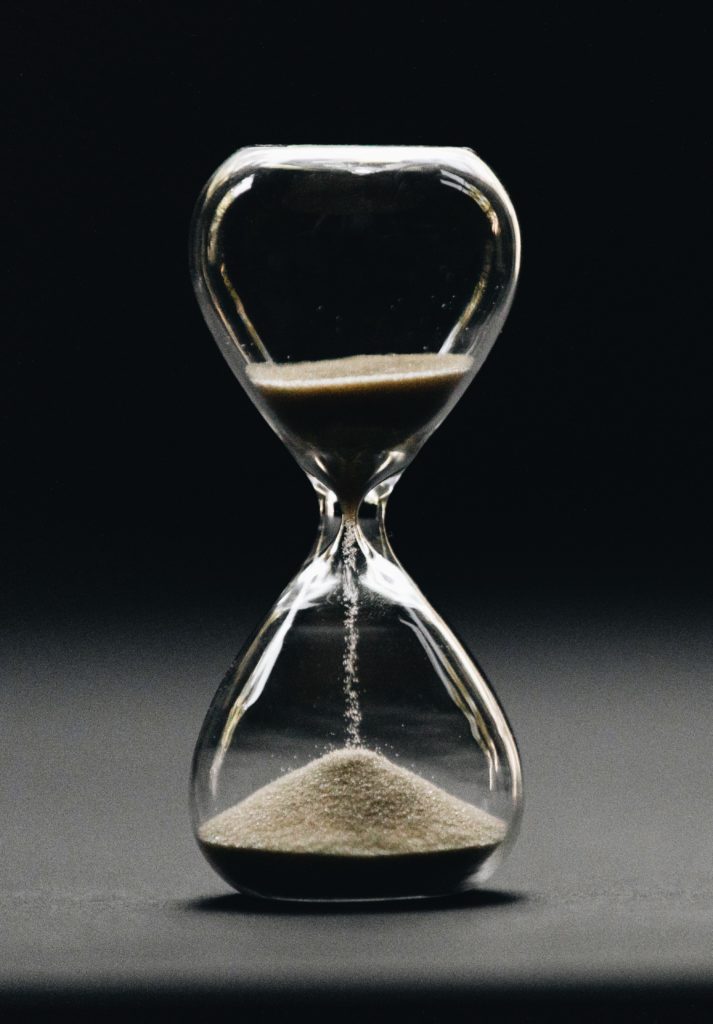When you fly, except for very short distances, it is often likely that there is a time difference between your departure and arrival points. There are two consequences of this time difference: on the one hand, it is sometimes complicated to find your way around and calculate the time, and on the other, it can affect your mood and fatigue. AEROAFFAIRES explains how hours are calculated in aviation and business aviation, and also gives you some tips on how to limit time difference.
The different names for hours
Although there are several names for hours, some of them correspond to the same thing. In the aeronautical world, several names are used:
- GMT: Greenwich Mean Time – this is the reference time at the Greenwich meridian in England, which crosses the capital, London. This time is calculated according to the rotation of the Earth.
- UTC: Co-ordinated Universal Time – this is the universal time. It is international and serves as a reference across the globe. It is also used in aeronautics. It should be noted that UTC and GMT are similar.
- Zulu time: This is not really official, it is rather a name among aviation professionals such as pilots. It corresponds to universal time.
In summary, in aeronautics, the time used universally is UTC.
Calculating UTC time
For example in France, UTC time is calculated by the BIPM, the Bureau International des Poids et Mesures. The latter collects measurements and data from nearly 200 clocks located all over France, in nearly 50 laboratories.
As France is subject to summer and winter time, it changes according to the time of year (1 or 2 hours).
In winter time the UTC time in France is calculated as follows UTC time = Local time in France – 1 hour
In summer time the UTC time in France is calculated as follows: UTC time = Local time in France – 2h
You know then the simple calculation to calculate the international time in France, but when you travel we also give you a tip to not get lost.
On your plane tickets, or on the flight indications, it is often indicated the local time of the destination (departure or arrival). It is therefore difficult to calculate the flight time or even the time difference that you will have.
You simply have to convert the local time into UTC time. Look for the time zones that correspond to your destinations and make the same calculation as for France above. Of course by changing the index corresponding to the right time zone.
For example, your plane arrives at 2pm in Sao Paulo. The time zone indicates that Sao Paulo is in UTC-3h. You have to add the 3 hours to the local time of Sao Paulo to get the UTC time. Your plane arrives at 2pm local time in Sao Paulo, but at 5pm UTC.
Some tips to fight against jet lag

When you travel, and especially on long-haul routes that cross many time zones, the famous jet lag is sometimes hard to avoid.
However, there are techniques to limit this effect on our body. It is advisable to prepare beforehand when the time difference is significant. First of all, calculate how many hours you will have jet lag when you arrive and if it will be earlier or later. Then start during the week or a few days before your departure to progressively modify your meal and sleep times according to the local time of your destination. Your body will get used to this when you arrive. Just before your trip, eat a healthy diet, and prefer a starchy meal just before your flight.
Then during the flight, avoid caffeinated or even carbonated drinks. It is also important to drink water and stay hydrated. Bring comfortable clothes and all the useful accessories for a plane trip: earplugs, small pillow, thick socks, blanket, snacks, entertainment…
For the most pleasant journey, here are our tips for overcoming fear of flying.
If your flight is at night, try to sleep as much as possible. If your flight is during the day, only short naps are recommended.
Finally, when you arrive, try to get into a rhythm, whether it be with regard to meals or sleep. Of course, if you have a lot of jet lag, you can take short naps and snacks, but make sure you get to the local time as soon as possible.
Did you know that?
It has been proven that we do not react in the same way to jet lag depending on whether we travel east or west. And indeed, everything happens in our brain, in the hypothalamus. This is where your “internal clock” is located. This is where your “internal clock” is located, and it’s the one that is disrupted when the time changes.
Since the cycle of our internal clock is 24 hours, it is easier to travel west and lengthen your day by staying in daylight than to shorten your day by heading east, where night comes earlier.
Michelle Girvan, physicist at the University of Maryland, USA
Time differences no longer hold any secrets for you! At AEROAFFAIRES, we are available 24/7, including weekends and holidays. We respond quickly to your request for a quote online or by phone at +33 1 44 09 91 82.






